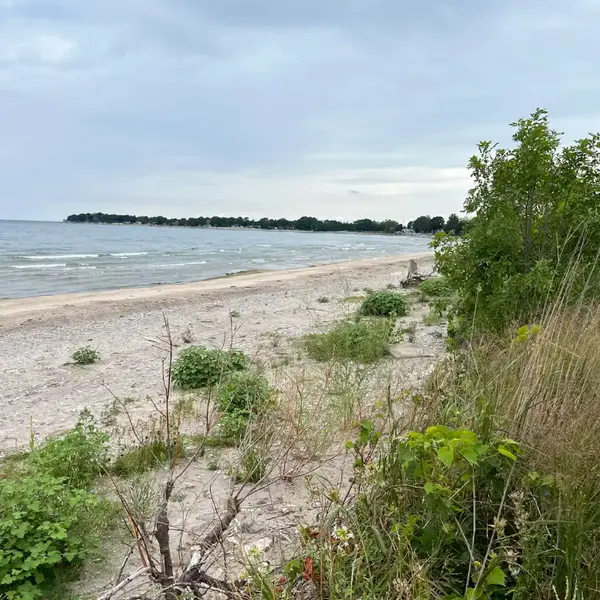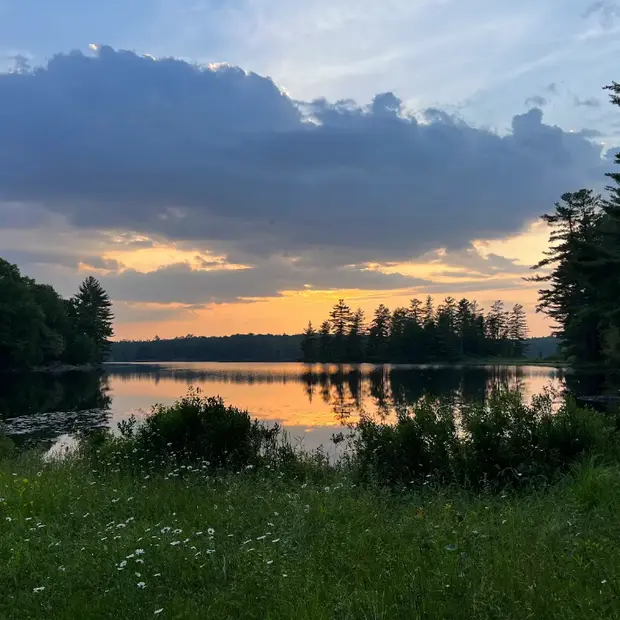Natural Asset Management
Invest in resilient green infrastructure and innovative nature-based solutions for sustainable cities.
Natural solutions often far outperform engineered solutions for municipal infrastructure and utility needs, by providing multi-faceted ecosystem services. We assess, design and manage natural assets that build climate-change resilience, preserve clean water, promote biodiversity, improve soil quality, mitigate natural disasters, support traditional infrastructure, and more.

Leaders in GIS-powered natural asset inventories to support asset management services
Dougan Ecology has over three decades of experience implementing robust inventory methods to assess the condition of natural assets using ecological indicators. Thorough evaluations inform sustainable management strategies. Assessments also offer insight into the valuation of current or future natural assets for municipal asset management plans.
Our tools include expert use of remote sensing, and leveraging advanced machine learning techniques to provide precise and comprehensive analyses. We take advantage of cutting-edge remote sensing technologies, such as high resolution satellite and aerial imagery, to monitor and map natural assets accurately.
Dougan Ecology works with analytics partners, such as environmental economics consultants, to analyze, field verify, and report on natural assets including vegetation, soil, and wetlands.

Understanding and stewarding ecosystem services for better urban planning, and a greener future.
Our clients and partners include economic consultants, urban planners, water utility companies, conservation organizations, corporations, entrepreneurs, researchers, and regional authorities. We bring the data and ecological expertise to evaluate natural resources, and to create thriving places.
Our multidisciplinary team of experts is here to join forces with you to assess and sustain robust natural assets for now, and the future.

Frequently asked questions about natural asset management
Natural asset management involves recognizing and managing natural systems such as wetlands, forests, and soils as infrastructure that provides essential services like water filtration, flood mitigation, and climate regulation. By integrating these natural assets into municipal planning, communities can enhance resilience, support climate adaptation, and reduce long‑term costs. This nature‑based solution approach reframes ecosystems as living infrastructure rather than liabilities.
Natural assets offer cost-effective, sustainable solutions to urban challenges. They support biodiversity, improve water quality, and mitigate climate-related risks. Managing these assets ensures that communities can maintain and enhance the services they provide, contributing to overall environmental and economic health.
Dougan Ecology employs a science-driven, recognized approach, utilizing advanced GIS tools, remote sensing, and ecological assessments to inventory and evaluate natural assets. Our multidisciplinary consulting team collaborates with clients to develop tailored strategies that integrate natural assets into urban planning and infrastructure management, bridging ecological function with municipal capital planning.
Ecosystem services are the benefits that natural systems provide to humans, such as clean water, air purification, and flood regulation. Valuing these services helps communities understand the importance of natural assets and prioritize their conservation and management as integral parts of their environmental infrastructure.
Natural assets include forests, wetlands, riparian zones, grasslands, and urban green spaces. These areas provide essential services that support biodiversity and human health.
Municipalities can begin by conducting inventories of existing natural assets, assessing their condition, and integrating them into asset management plans. Collaboration with expert consultants like Dougan Ecology can provide the necessary guidance, mapping support, and regulatory context to deploy successful, cost-effective management frameworks.
